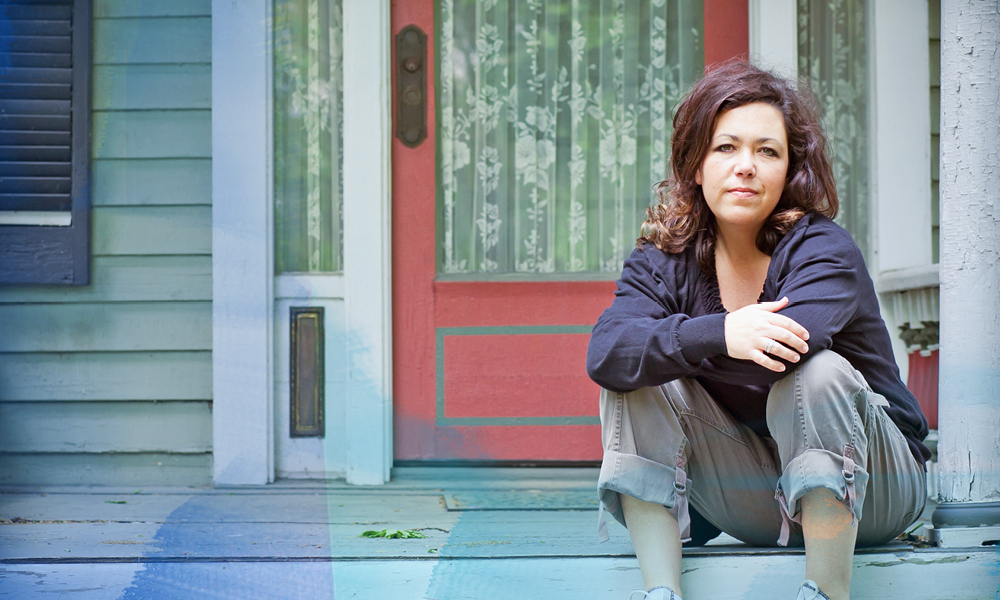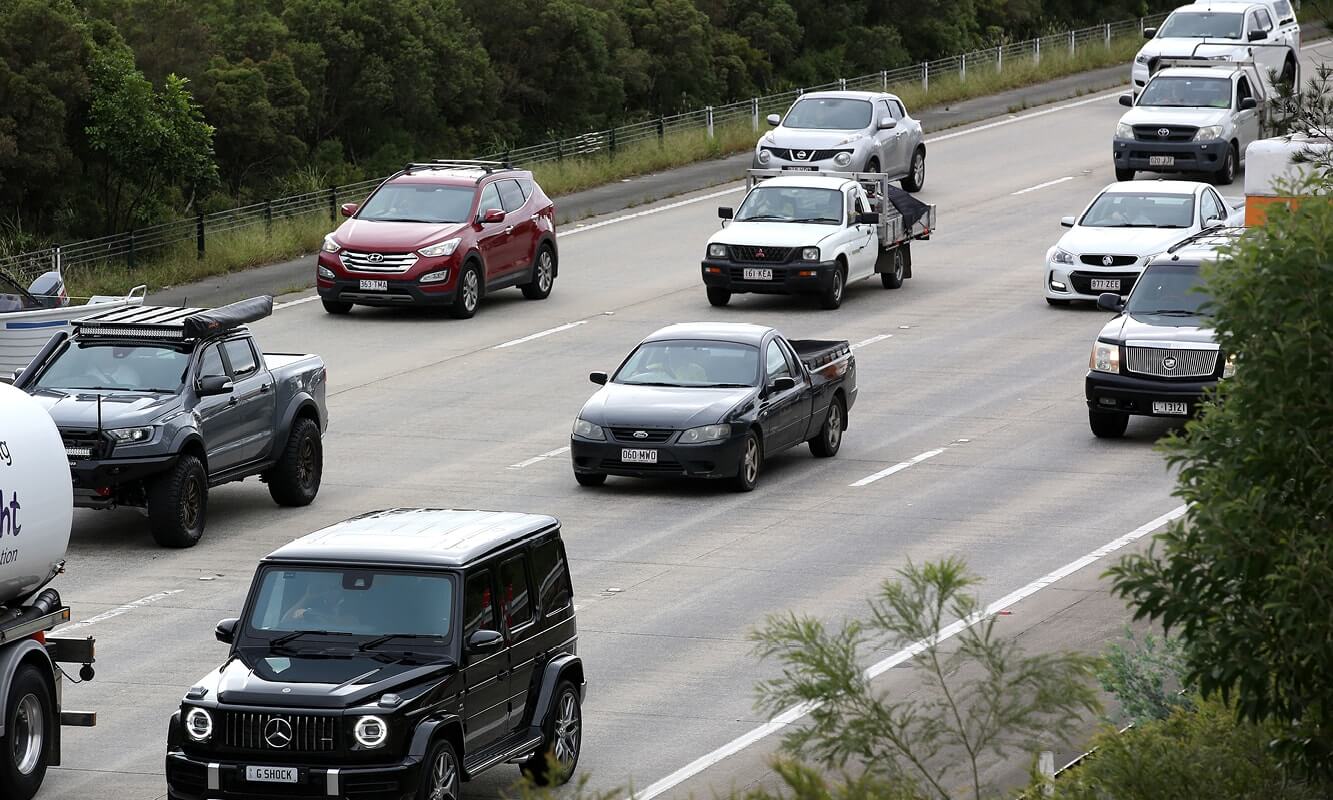This content has been archived. It may no longer be relevant
The right to adequate housing is internationally recognised, yet unrealised for tens of thousands of people across Queensland.
Demand for social housing far outstrips supply, rents and house prices are being driven up by a hot private property market, and costs of living continue to rise. As a result, a safe, secure and affordable place to call home is beyond the reach of many.
Reflecting on a project to support the social housing and homelessness sectors implement the Human Rights Act 2019 (Qld) (HRA) across service delivery, this article considers the limits and potential of the HRA to deliver improved housing outcomes for people in Queensland. It shares preliminary observations from this work and makes some suggestions for future action.1
Social housing, homelessness and human rights
Although the right to adequate housing is not afforded legislative protection under the HRA, the provision of housing is nonetheless critical to the realisation of many other protected human rights.
Privacy and reputation, the protection of families and children, health services, education and cultural rights (generally, and for Aboriginal and Torres Strait Islander peoples) are all routinely engaged through the provision of social housing.2
People experiencing or at risk of homelessness without the benefit of social housing protection often have additional fundamental rights and freedoms curtailed. Their right to life, liberty and security, and freedom from cruel, inhuman and degrading treatment can be significantly restricted.3
The entwined relationships between housing and homelessness, and civil, economic and cultural rights reveals the interrelatedness and indivisibility of rights. Using the framework for decision-making laid out in the HRA, frontline housing workers have a new tool for identifying and balancing the many human rights engaged in the decisions they make.4
What then are some of the complex decisions that require proper consideration of human rights in housing and homelessness service delivery?
Decisions, decisions, decisions…
The sheer volume of decisions made by frontline housing workers every day can be eye-watering. Decisions span the entire housing cycle including eligibility for social housing, property allocations, routine inspections, maintenance, property transfers and evictions.
The competing human rights of tenants, neighbours, other household members, extended family, and the growing number of people on the social housing register must all be carefully balanced.5 Consider the following examples:
A tenant with severe hoarding and squalor behaviours is at risk of being evicted because the property is no longer safe due to black mould growth on walls. They have a school-age child who requires intensive mental health support that is currently being delivered at the state school where the child attends. There are no property transfer options (in lieu of eviction) within the area. Should the worker initiate eviction proceedings?
A frontline housing worker is required to decide to offer a three-bedroom property to just one of five families in high need. Each family meets the eligibility criteria, and the property would be suitable for any one of them. Some of the children have disability, and some families are in a DV situation. The allocation decision will promote and protect the human rights of one household, but not others. To which of the five families should the property be allocated?
A property manager at a community housing organisation must decide whether to invoice a social housing tenant $800 for property damage, knowing the tenant cannot afford to pay. It is the fourth time the property has been damaged as a result of domestic violence, and the housing service’s financial viability will be at risk if it continues to absorb expenses from repairs. Should the property manager pass on the debt?
Throughout this project we have observed subtle but meaningful changes in frontline decision-making.
We have had the privilege of listening to many frontline housing workers reflect on how the decisions they ordinarily make are changing because a broader picture of rights uncovers alternative decision pathways.
We have heard staff describe with pride how they have taken their knowledge of human rights into collaborative interagency discussions to better support individuals’ access to housing and other essential facilities such as improved public toilets in parkland.
Grounding a service in a rights-based approach has propelled some community housing providers to increase tenant participation in property maintenance and social residential activities.
These are all positive steps that suggest incremental momentum towards achieving the Act’s objective of building a culture that respects and promotes human rights.
A right to adequate housing?
As we make gains in the arena of better decision-making, we ought not lose sight of the bigger picture for human rights protection in Queensland – the right to adequate housing.
Lack of access to housing consistently emerges as a primary issue for community organisations that work across a broad spectrum of sectors including child protection, mental health, domestic violence and disability.6
Adequate social housing is undeniably a protective factor against homelessness, particularly for people with complex needs. This was a finding of the recent Victorian parliamentary inquiry into homelessness which delivered its final report in March 2021.7
Weighing in at 504 pages, the final report comprehensively details the changing nature and scale of homelessness in Victoria. One of the inquiry’s key recommendations was that the right to housing be inserted into the Charter of Human Rights and Responsibilities Act 2006 (Vic).8
This is quite possibly the first time that a parliamentary committee in Australia has recommended an expansion of rights protections to include the right to adequate housing. It provides an incentive for the Queensland legislature to also consider the inclusion of the right to adequate housing in the HRA.
Because the economic right to adequate housing is a progressive right, it would not impose an instantaneous responsibility on government to deliver housing for the approximately 50,000 people currently on the social housing register.9 But it would reinforce the state’s obligation to work toward addressing the inadequate supply of social housing.
The right to adequate housing underscores the proper function of social housing as a permanent safety net. This tenant powerfully describes what housing permanence means in the context of a life of struggle:
“My thoughts, like most people in my position, are about getting through tomorrow and doing my best… I’m not convinced I can get healthy enough to work before I die. I have a responsibility to do my best and I’m trying, but I don’t think it gets much better for me than this. I think this is it for me and I’ve got to make the most of it. I’m trying to get myself well, but when you’re living a hard life, thinking in the long-term is a luxury, it really is.”10
Conclusion
Preliminary observations from our project demonstrate how proper consideration of human rights is having a positive impact on service delivery in the social housing and homelessness sectors.
Frontline staff are keenly aware of the impact of their decision-making as they strive to balance competing human rights and make the best possible decisions, often in imperfect circumstances.
Looking ahead, there is potential for Queensland to strengthen its protection of human rights by including the right to adequate housing in the HRA. This will ultimately mean that more people in our state will have a safe and secure place to call home.
This article appears courtesy of the Queensland Law Society Human Rights and Public Law Committee. Monica Taylor is a lawyer and Principal Advisor, Human Rights, at Queensland Council of Social Service, the peak body for the social service sector in Queensland.
Footnotes
1 QCOSS Human Rights, Housing and Homelessness Project is being delivered in partnership with the Department of Communities, Housing and Digital Economy. Project website: qcoss.org.au/hrhh.
2 Social housing is an overarching term that refers to both public and community housing.
3 Studies confirm a persistent relationship between a lack of housing and excess mortality: James O’Connell, Premature Mortality in Homeless Populations: A Review of the Literature (2005) National Health Care of the Homeless Council Inc., 13.
4 Sections 13 and 58 Human Rights Act 2019 (Qld) prescribe factors that may be considered when deciding whether a decision is compatible with human rights.
5 As at 30 June 2021 there were 27,933 households (50,301 individuals in total) on the social housing register: data.qld.gov.au. Need is assessed as being ‘very high’, ‘high’, ‘moderate’ or ‘lower’: qld.gov.au/housing, accessed 26 November 2021.
6 QCOSS State of the Sector: Queensland Community Services Sector (2020), accessed 26 November 2021.
7 Parliament of Victoria, Legislative Council Legal and Social Issues Committee Inquiry into Homelessness in Victoria (4 March 2021) finding 23, accessed 26 November 2021.
8 Ibid, recommendation 34.
9 For an analysis social housing register data across Queensland, see the Social Housing Register Profile at QCOSS, accessed 29 November 2021.
10 Kathleen Flanaghan et al, (2020) Understanding the experience of social housing pathways, AHURI Final Report No.324, Melbourne, 55.















Share this article